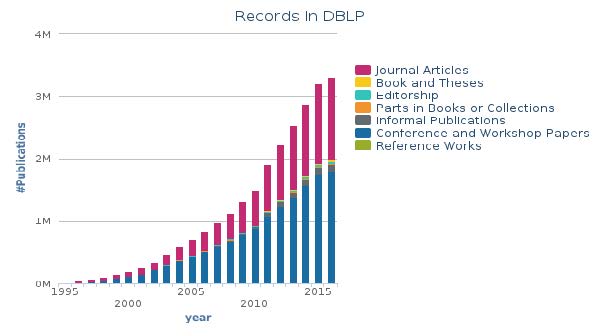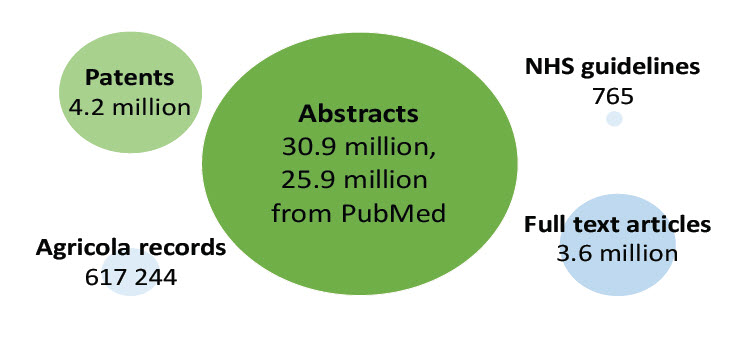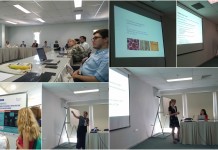With the increase of computational power, the rise of Big Data, and the digitisation of vast amounts of data, the use of TDM promises to yield valuable societal and economic benefits in terms of new insights and cost savings that would otherwise not be possible: more scientific breakthroughs, a greater understanding of society, and countless business opportunities. The potential of TDM as a research technique and as an economic opportunity has been recognised at a political level in the EU (Hargreaves I. et al., 2014).1
The benefits of TDM have also been noted by the research community and societal stakeholders e.g. via the Hague Declaration.2
Originally rooted in academic research, TDM is now a global information technology (IT) industry.
As an industry, TDM is fuelled by direct access to large amounts of data. Companies can either develop and run their own TDM software, or outsource this work to external experts who can customise TDM solutions. Industry is now rapidly rolling out the implementation of TDM for Big Data, as computing power grows and businesses find new ways to gather and access data. According to the International Data Corporation’s Worldwide Big Data Technology and Services Forecast for 2013-2017, the growth rate of the Big Data market until 2017 will be six times faster than that of the overall information and communication (ICT) market. The Big Data Value Public-Private Partnership1 predicts that TDM will reach a total of EUR 50 billion by 2017, and may result in 3.75 million new jobs. While many companies see the potential of TDM for their business development, only 1.7 % of companies are currently making full use of advanced digital technologies like TDM, despite the benefits that digital tools can bring.1

The application of TDM to science holds the promise of accelerating scientific discoveries. Mining the content present in research publication databases and the associated research data sets, as far as they are available for harvesting, will boost scientific research by increasing the productivity of researchers and leaving part of the scientific discovery process to computers, a trend called Data Science.

The size of scientific publication databases varies across domains, but in each case, the number is beyond a value that would be feasible for a human to read and assess without digital support. Figures 1-2 give examples of the volume of content that has to be dealt with by the academia and industry researchers in the Computer Science3 and Life Sciences domains4, respectively. TDM may help researchers in all scientific fields to regain control over the academic process, to aggregate information and to follow trends across fields beyond their own. Estimations of added economic value in this case, based on the time saving benefit of TDM alone, are an increase of 2 percent, or EUR 5.3 billion, with long-term impact of overall gain in the range of at least EUR 32.5 billion (Filippov, 2014).
1 (Motion for a resolution further to Question for Oral Answer B8-0116/2016 pursuant to Rule 128(5) of the Rules of Procedure on “Towards a thriving data-driven economy” (2015/2612(RSP), 2016)
2 The Hague Declaration on Knowledge Discovery
3 http://dblp2.uni-trier.de
4 https://europepmc.org
5 http://dblp2.uni-trier.de/statistics/publicationsperyear.html [accessed on March 2016]
6 https://europepmc.org/About [accessed on March 2016]










